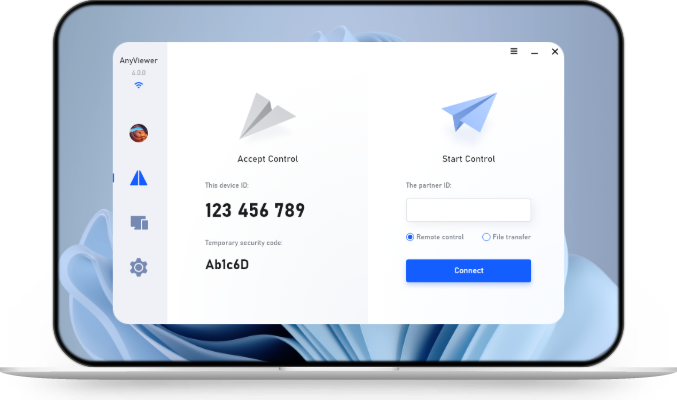Troubleshooting Your Remote: Resolving "Why Is My Remote Not Working Even with New Batteries?"
Discover solutions to the age-old question, "Why is my remote not working even with new batteries?" Our guide navigates through battery intricacies, infrared sensor tips, and introduces AnyViewer for digital troubleshooting. Keep your remote glitch-free and your entertainment hassle-free.
Introduction
A remote control is a beacon of convenience until it decides to act up. If you're asking, "Why is my remote not working even with new batteries?" you're not alone. In this guide, we'll navigate through the perplexing world of remote malfunctions, providing insights and solutions to keep your entertainment experience smooth.
Why Is My Remote Not Working Even with New Batteries?
Battery Placement and Orientation
- One of the most common reasons for a seemingly unresponsive remote, even with fresh batteries, lies in the placement and orientation of the batteries. Ensure they are inserted correctly, adhering to the polarity markings in the battery compartment. Sometimes, a simple reversal of battery orientation can make all the difference.
Battery Quality and Shelf Life
- Not all batteries are created equal. Even with new batteries, their quality and shelf life can vary. Opt for reputable brands and check the expiration date to guarantee optimal performance. Swapping out seemingly fresh batteries for a different set might be the key to resolving the issue.
The Role of Infrared Sensors
Beyond batteries, the infrared (IR) sensor in your remote plays a crucial role in transmitting signals to your devices. Dust and dirt accumulation on the sensor can hinder its functionality. A gentle clean with a soft, lint-free cloth might be the remedy needed to restore your remote's responsiveness.
AnyViewer: A Digital Lifesaver
While AnyViewer is not a solution for physical remote control, it provides a digital lifeline for troubleshooting devices remotely. This versatile software allows for remote access and support, enabling someone else to assess and resolve issues on your device from a distance. AnyViewer comes in handy when dealing with more complex problems beyond battery replacements.
Common Remote Issues Beyond Batteries
Button Malfunctions
- Over time, the buttons on your remote may wear out or become unresponsive. This issue is particularly common in heavily used remotes. Gently removing the rubber keypad and cleaning it can sometimes revive the functionality of the buttons. If the problem persists, it might be time to consider a replacement remote.
Signal Interference
- Interference from other electronic devices or even sunlight can disrupt the signals transmitted by your remote. Ensure there are no obstacles between the remote and the device, and try using it in different lighting conditions. If interference persists, you may need to contact the device manufacturer for further assistance.
Conclusion
In the world of remote controls, glitches are inevitable, but armed with troubleshooting knowledge, you can navigate through the intricacies and keep the frustrations at bay. Whether it's a simple battery swap or leveraging the digital assistance of AnyViewer, resolving the question of "Why is my remote not working even with new batteries?" becomes a manageable task. Keep your entertainment flowing smoothly and enjoy the convenience of remote control without the headaches.
FAQs:
Can low-quality batteries affect my remote's performance even if they are new?
- Yes, the quality of batteries can impact performance. Opt for reputable brands and check expiration dates for optimal results.
How does AnyViewer help in remote troubleshooting?
- AnyViewer allows remote access and support, enabling someone else to assess and resolve issues on your device from a distance.
What should I do if cleaning the IR sensor doesn't resolve the remote issue?
- If cleaning doesn't work, consider checking for button malfunctions or potential signal interference, and if the problem persists, consult the device manufacturer for further assistance.

